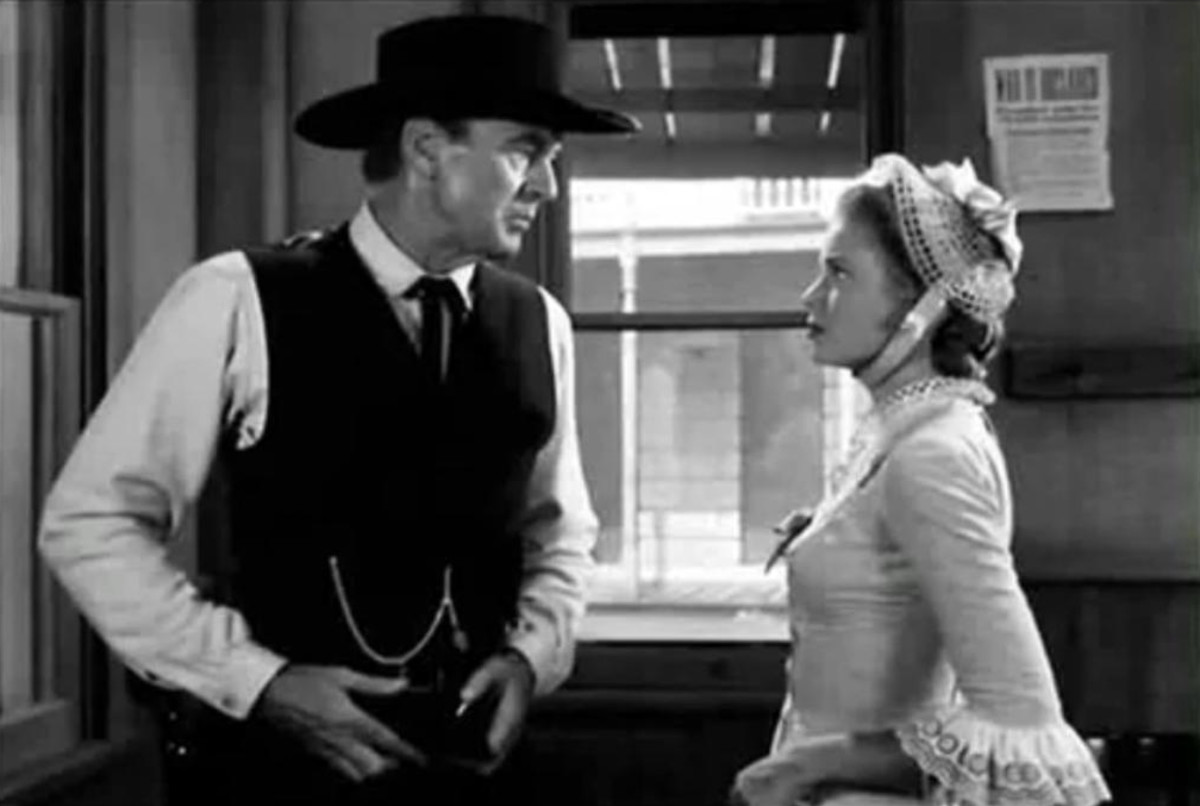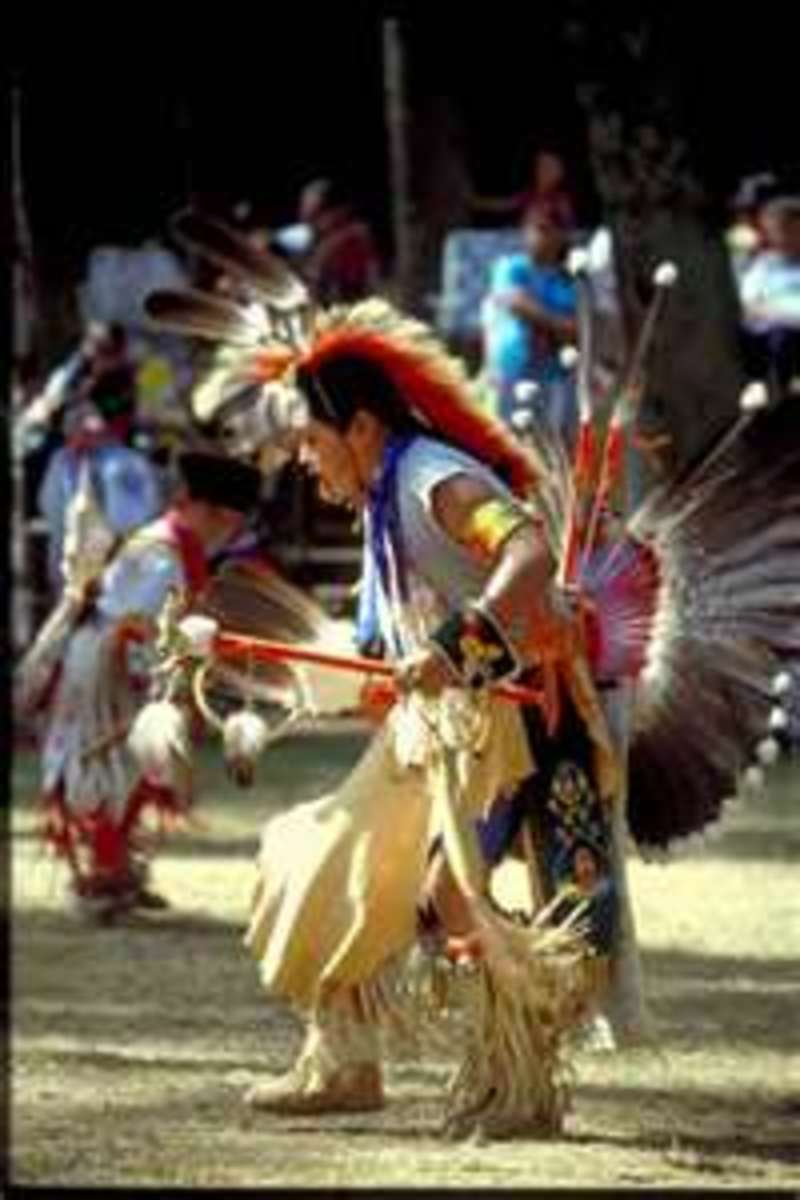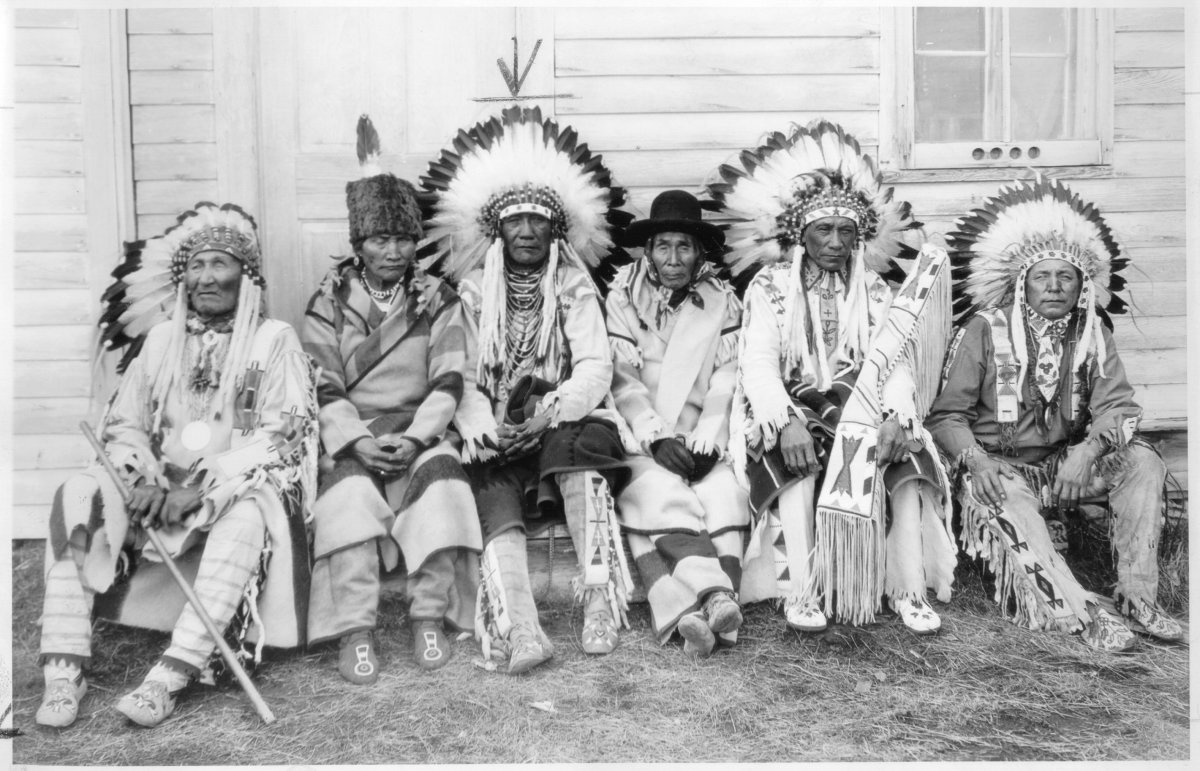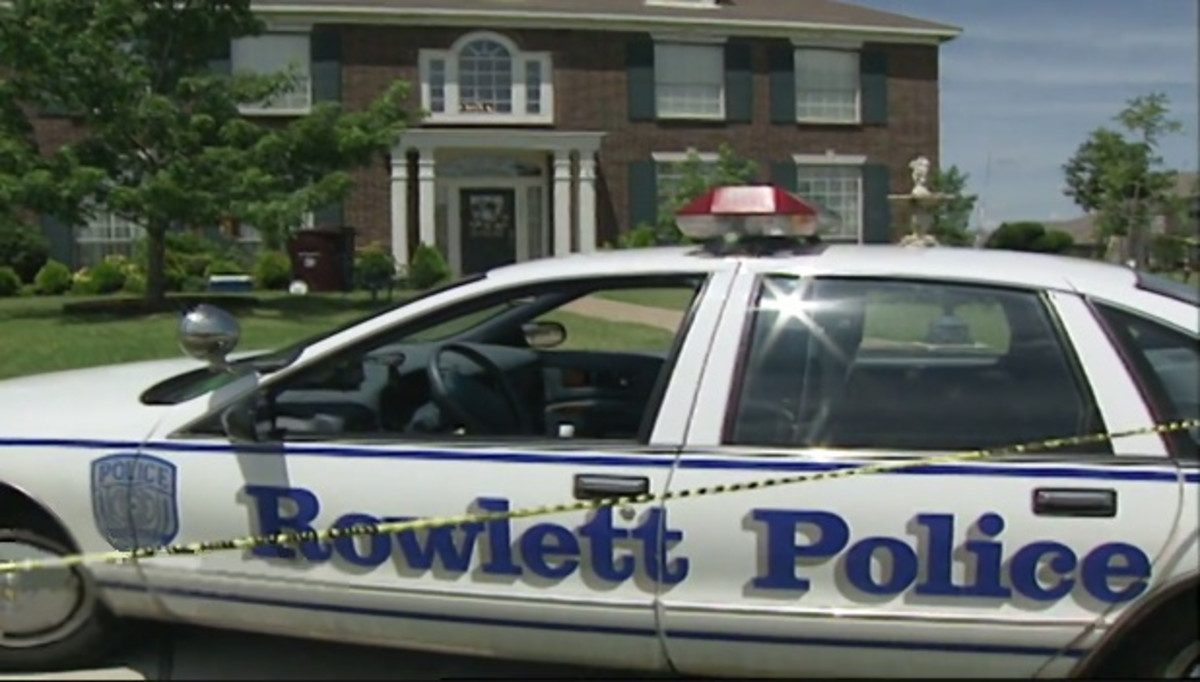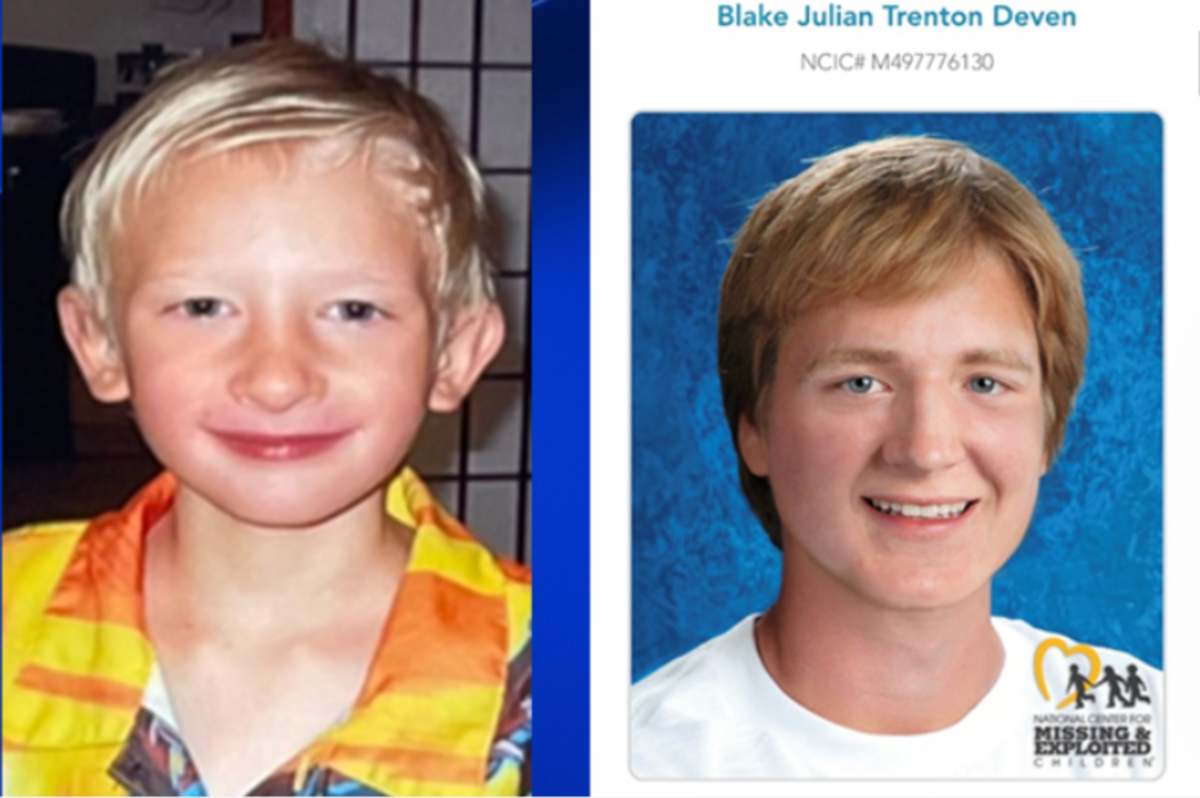RURAL CRIME POLICING AMONG AMERICAN INDIANS
The American Indians who are popularly referred as the Native Americans are among the American’s indigenous people which are found in states such as Hawahii and Alaska. Historically, they are the first people to inhabit America. Indian Americans consists of various other sub- tribes as well as ethnic groups. These group of people have a peculiar tie with US because they are sovereign and harbor treaty rights(Doyle, 2001).
Despite the fact that many rural areas in America have low rate of crime, this is different when it comes to the Indian Americans. Instead, this community is depicted by high crime rate, which is considered as the highest in the country. The main reason behind these phenomena as Sandefur et al (2006) notes is the aspect of under policing and complexity in social structures in Indian communities and reservations. The High crime rate and under policing among the American Indian communities is what prompted the development of Indian tribe policing project in the country. In essence, American Indians are literally among the under policed marginal groups in America. This is despite the increased crime rate in the country. A gain, this pattern has gone on for almost a century with no significant intervention from the federal government. Further, the prevalence of high crime and the under policing among the Indian communities is a reflection of complex relations between the government of America and the Indian communities as a people who are sovereign.
The Need for Tribal Police among the Native Americans
The popular image in American rural areas are that of safety and being secure from criminal activities or many forms of violence. In most instances, American rural communities are mostly portrayed as being “homely” where there is no need for people locking doors since there are ”no criminals” or source of insecurity. As many people think and perceive, rural America is almost free from harm, whether in the streets or the neighborhoods. This image is also supported by the National statistics and data. For instance, a survey conducted by the National Crime Victimization noted that in rural areas, crime and victimization happen at almost half the rate as the case in cities and towns (Catalano, 2006).
However, as we have already explained, this notion is not realized among all tribes in the country. In particular, the American Indians have been depicted by violent crimes and victimization, where their rate have been found to be twice high as that of other tribes in general. More spectacular is the fact the criminal and victimization rate among the native Americans is almost twice compared to second group with the highest crime and victimization rate (Catalano, 2006).
It should also be noted that a large number of American Indian tribes are living in rural areas. In fact, as Doily (2004) notes, approximately 80% of Indian Americans are living in rural America. One major issue that can be used to explain this high rate of crime and victimization among the American Indian tribes as we have already noted is the aspect of under policing among the Indian communities. The rural areas where these communities thrive therefore, necessitates enhanced security measures to curb the increased rate of crime and victimization in their reservations. Owing to the tremendous rate of crime and victimization among these communities and especially in Hawahii, the most likely and anticipated response would therefore be to “add more police force” in these reservations. Since the federal government had no resources to add in more police in these regions, there was sense in coming up with the tribal police to subvert the rising crime.
Evolution of Indian Policing In US
In earlier times, policing and law enforcement among the Indian Americans were done by way of social control mechanisms that relied on causing shame , embarrassment, as well as appeals to a collective harmony in controlling crimes and deviant behavior among individuals. When stronger enforcement actions were needed in dealing with serious threats and violations, then special sub societies could now intervene in such situations. This is before these Indians came to terms with the European concept of law enforcement ideals. The modern concept of Community policing and tribal police is a reflection of the traditional values and concepts of Indian Americans and the modern day legal systems expounded by the Europeans legal systems (Wissler, 2004).
Hawaii Tribal Police
The Tribal Police are basically law enforcement agencies that are found in American Indian Communities. The tribal police who are particularly hired by the tribes of Indian Americans are under the jurisdiction of the Indian tribal councils. The American public laws and treats require that the conventional methods of law enforcement follow a policing system that is modeled on European system. Historically, the tribal police officers have been having different titles including, constables, sheriffs, regulators and light equestrians. They work alongside the federal state and local police agencies (Doyle, 2004).
Many of the Indian American tribes in Hawaii for instance, have long established and maintained a tribal police department in an endeavor to curb the rising crime and victimization in rural areas. Most Indian reservations that are found in states that are under the jurisdiction of public law 280 also harbor tribal police department which work along the local city police. A gain, the tribal police are codified by their respective tribes to undertake specific obligations within a particular reservation. Some of these duties may include enforcing and implementing tribal laws, responding to service calls as well as maintaining law and order on these reservations. They are expected to maintain law and order not only in crisis times but also under normal circumstances (US Department of Justice, 2013).
Success of Tribal Police among Indian Americans
The success of community policing among Indian Americans has arguably made it to be referred as the new orthodox with regard to law enforcement. This is not only among the Native Americans but also in US in general. Its success in maintaining law and order has made it to be considered as an alternative in dealing with criminal and victimizations issues such as violence crimes, street crimes, drug trafficking, unrest, despair, apathy and so on. Notably, it has been broadly accepted as an effective means of controlling vices in rural communities. Furthermore, tribal police have been at handy in solving crises and security matters since they are right in the committees before police officers are called in (US Department of Justice, 2013).

